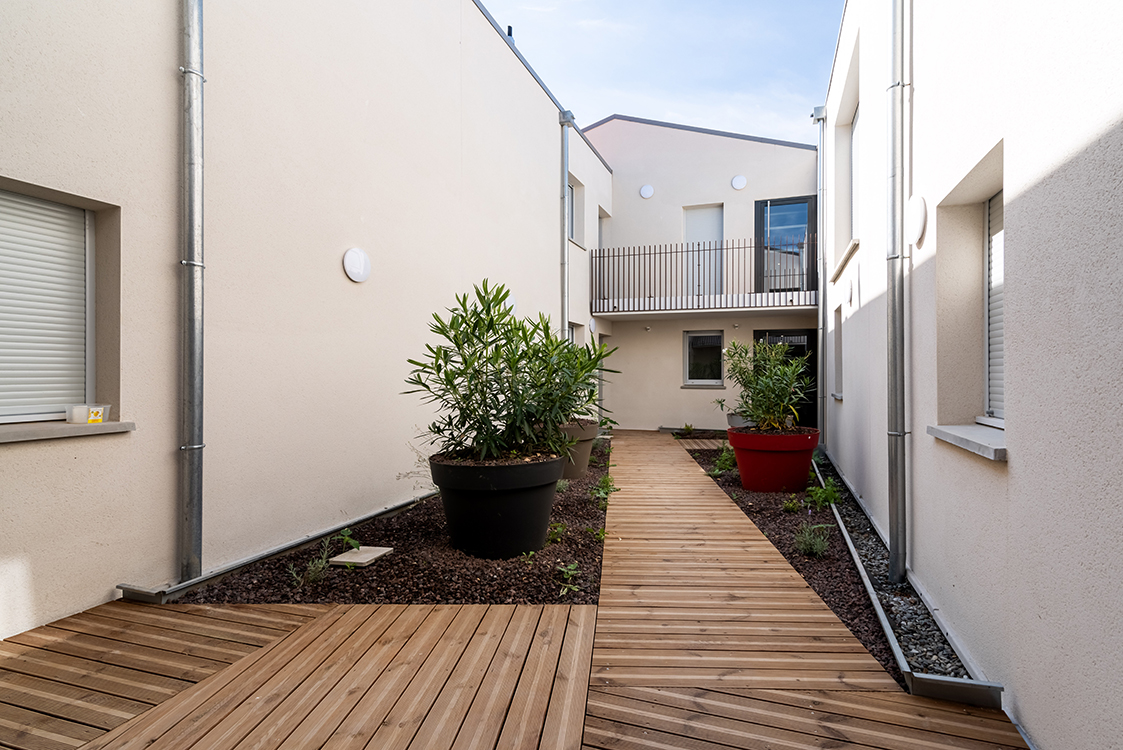a seconde Porsche dans la même rue est une catastrophe » avait coutume de dire Peter Schutz, le patron de Porsche dans les années 80. Pourquoi ? Parce que le positionnement de Porsche se doit d’être haut-de-gamme (« premium »). Or si tout le monde peut se payer une Porsche, alors par définition le positionnement n’est plus haut-de-gamme. Quel est le problème me direz-vous ? Le problème c’est qu’un positionnement premium permet de fixer des prix élevés, ce qui permet en retour des profits élevés. Mettre en danger la perception premium de la marque met donc potentiellement en danger les profits de cette dernière.
C’est cette mécanique de « premiumisation » que j’ai voulu étudier : comment la mettre en place ? Quels sont les facteurs de réussite ? Quels sont les risques associés ? Pour cela je me suis plongé dans le livre d’Herman Simmon, consultant et chef d’entreprise allemand qui est considéré comme le pape du « pricing », discipline entre l’art et la science consistant à fixer les prix ds produits vendus.
“The single most important business decision in evaluating a business is pricing power. And if you need a prayer session before raising price, then you’ve got a terrible business.” Warren Buffett
Ce fut passionnant, et très enrichissant, car comme l’explique l’auteur nous passons en général peu de temps à réfléchir à nos prix (car perçu comme complexe et plus nébuleux) et préférons lorsque nous voulons rapidement augmenter le profit tailler dans les coûts. Mais, comme nous le verrons, une politique de fixation de prix efficace peut faire des merveilles.
Note : je ne traduis pas les citations originales, pour cela Google Translate fait un excellent travail.
Qu’est-ce que le pricing ?
People have asked me thousands of times to name the most important aspect of pricing. I answer with one word: “value.” […] Pricing is about how people divide up value. […] It is always a reflection of how people divide up value. […] Ultimately the customer is only willing to pay for the value he or she gets. The challenge for any seller is to find out what this perceived value is and then price the product or service accordingly.
Often the premium product is the market leader. How is that possible? And what does it mean for profit? The answer lies in the higher perceived value or utility. This higher level of value to customer is no accident. It derives from excellent product or service performance. Premium pricing means offering higher value and demanding a premium price in return.
Est-ce un art ou une science ?
There is still a lot of truth in the words of advertising guru David Ogilvy: “Pricing is guesswork. It is usually assumed that marketers use scientific methods to determine the price of their products. Nothing could be further from the truth. In almost every case, the process of decision is one of guesswork.”
Pourquoi ne prête-t-on pas plus d’attention sur la gestion du pricing ?
One can never know with absolute certainty how customers will react to a price change.
This catastrophic, nationwide effect on customer and shareholder opinion is why managers will keep their hands off the pricing lever if they have doubt, turning their attention to something more tangible and more certain: cost management.
To make a well-founded price decision, managers need to take their company’s own goals, costs, the behavior of its customers, and the behavior of its competitors into account. Taking all of those factors into account requires effort, trade-offs, and tough decisions. That’s why managers often rely on only one of those inputs for price decisions. The two most common methods are (1) using costs or (2) following the competition.
Que doit faire le manager pour augmenter la valeur ?
It leaves managers with 3 tasks: – Create value: The quality of materials, performance, and design all drive the perceived value of customers. This is also where innovation comes into play. – Communicate value: This is how you influence customers’ perception. It includes how you describe the product, your selling proposition, and last but not least the brand. Value communication also covers packaging, product performance, and shelf or online placement. – Retain value: What happens post-purchase is decisive in shaping a lasting, positive perception. Expectations about how the value lasts will have a decisive influence on a customer’s willingness to pay for luxury goods, consumer durables, and cars.
“Perceive” is the operative word. When a company tries to figure out the price it can achieve, only the subjective (perceived) value of the customer matters.
Quels sont les bénéfices clients unanimement appréciées ?
Two of the most powerful intangible benefits we willingly pay for every day are convenience and peace of mind.
Comment communiquer la valeur ?
Whenever possible, you should try to communicate value using hard data, especially in a business-to-business situation.
Quels sont les exemples de premiumisations réussies ?
What did Apple do differently? Its iPod combines four important things: a strong brand, a cool design, user-friendliness, and system integration
Gillette practices premium pricing of the best kind: creating value through innovation, communicating that value, and then extracting it with premium prices. Fusion’s price is almost three times the price of the original Sensor.
En résumé, quels sont les facteurs de succès d’une stratégie premium ?
What recommendations can I give? 1. Superior value is a must: Premium pricing will work over time only if a company offers superior value to customer. 2. The price-value relationship is the decisive competitive advantage : In contrast to luxury products, which depend heavily on the prestige effect , the successful premium products derive their true competitive advantage from their high value (in objective, absolute terms), translated into an appropriate price-value relationship. 3. Innovation is the foundation: In general, innovation provides the foundation for a successful, sustainable premium price position. This applies to groundbreaking innovations as well as continual improvements, such as Miele ’s under the motto “Forever Better.” 4. Consistent, high quality is a must: This prerequisite comes up time and again. Successful premium supplier s maintain high and very consistent quality levels. Their service must also meet the same requirements. 5. Premium pricers have strong brands: One function of these strong brands is to transform a technological advantage—which is often temporary—into a long-lasting image advantage. 6. Premium pricers invest heavily in communication: They know that they have to make the value and advantages of their products perceptible and understandable to consumers. Remember: only perceived value counts. 7. Premium pricers shy away from special offers: They are hesitant to offer promotions and special offers. If the promotions they offer are too frequent or too steep, these instruments can endanger the premium price position. The key challenge in premium pricing is the balance between value and costs. The emphasis here is on high value to customer, which includes not just the core product itself, but also the extensive “envelope” of other benefits which surrounds it. Nonetheless, costs must remain within acceptable levels.
Sur la premiumisation et son inverse, le modèle low-cost
After 40 years in the pricing game I am convinced that only very few companies will achieve long-term success with a low-price strategy. These companies must become very large and extremely cost competitive. Many more companies can achieve sustainable success with differentiated offerings and premium-price positions, but they will not grow to the size of the low-price contenders. For luxury goods we see again a relatively low number of successful companies, and they are the smallest of the three categories.
Et si la promotion immobilière était un oligopole ?
If your company is part of an oligopoly , please keep these 3 points in mind: – No clear optimal price exists: Instead, the optimal price emerges from the assumptions you make about competitors, the information you have at hand about them, and the actual behavior of the competitors.
Une dernière pour la fin : le pouvoir du 9
The most important argument for the existence of odd prices is that customers perceive the digits in a price with decreasing intensity as they read from left to right. The first digit in a price has the strongest influence on perception; that is, a price of $9.99 comes across as $9 plus something rather than $10. Neuropsychologists have confirmed that the further to the right a digit is, the less influence it has on price







Laisser un commentaire